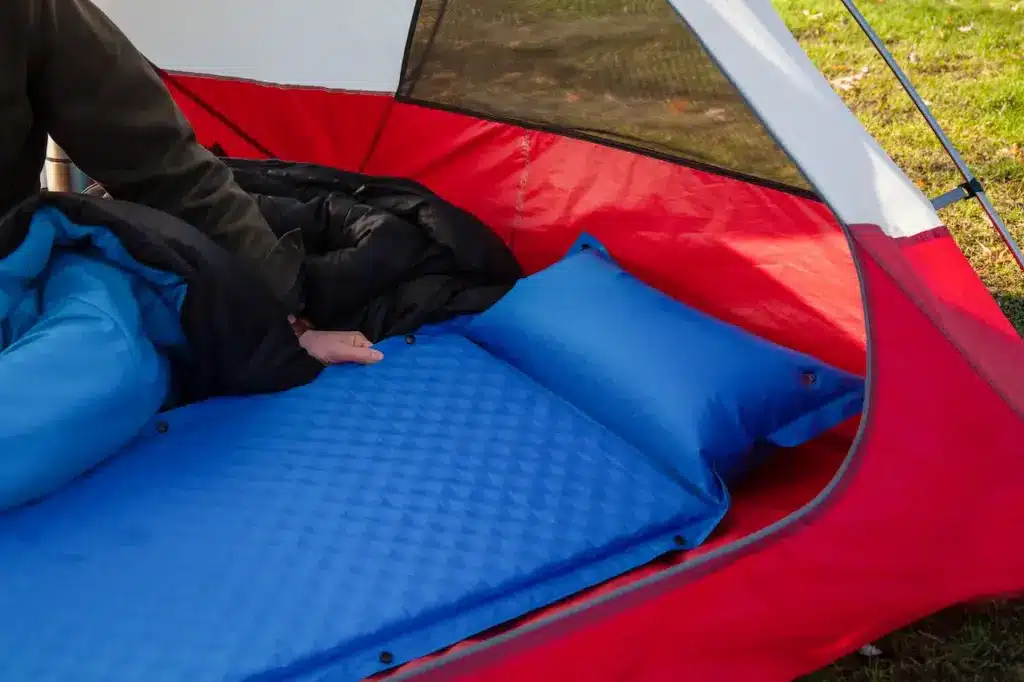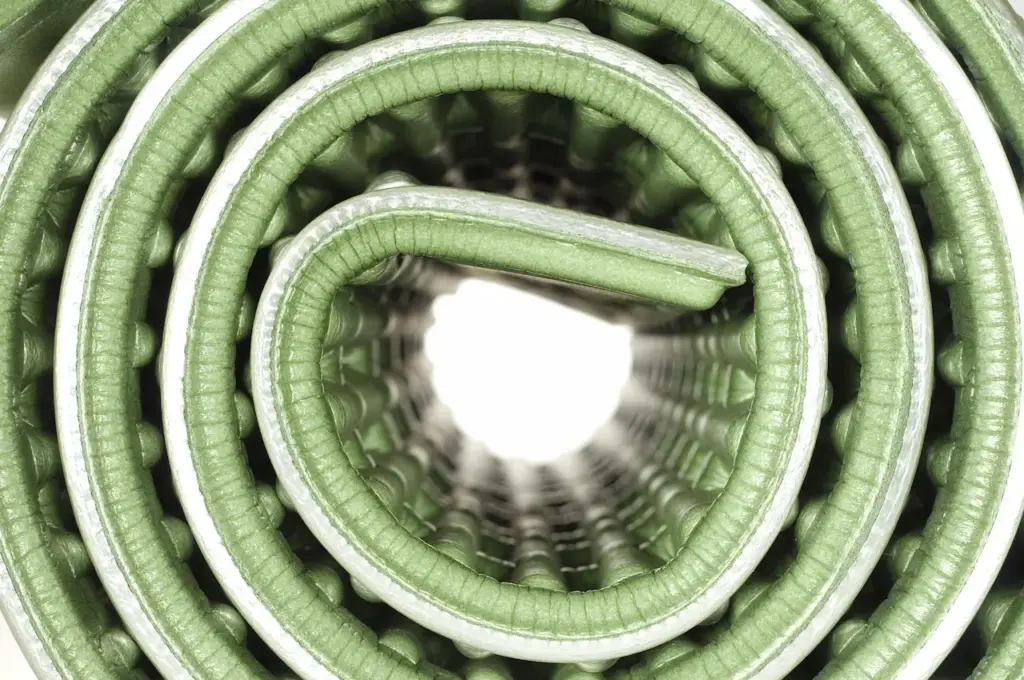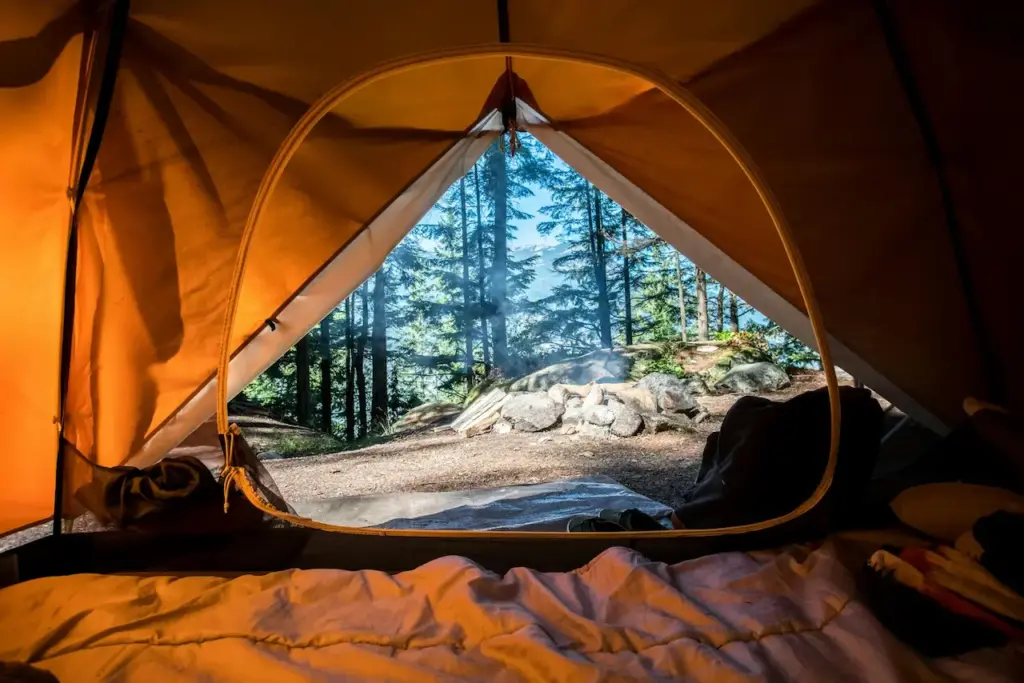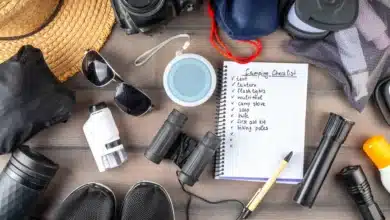Do You Need a Sleeping Pad for Camping?
Do You Need a Sleeping Pad for Camping? (And Alternatives)
Camping can be an extremely enjoyable activity that allows you to get back to nature and leave the stress of daily life behind. However, a good night’s sleep is essential on any camping trip in order to fully enjoy your time outdoors. Using a sleeping pad offers important benefits that can transform an uncomfortable night on the hard ground into a fully restful slumber under the stars.
In this comprehensive guide, we’ll explore why you need a sleeping pad for camping, alternatives if you decide to forego a pad, what types of sleeping pads are best, and general tips for getting the most out of a sleeping pad on your next camping adventure.

Why You Need a Sleeping Pad for Camping?
Sleeping directly on the ground can make for an unpleasant and painful night when camping or backpacking. Sleeping pads add a protective layer between your sleeping bag and the hard surface below, leading to some key advantages.
Prevent Soreness
Sleeping on bumpy ground can cause discomfort on pressure points like your hips, shoulders, and elbows. This may lead to tossing, turning, and general sleeplessness throughout the night. A sleeping pad creates a cushioned layer to elevate your body off the rough and uneven surface. Most are designed specifically to insulate and protect pressure points for pain and soreness relief.
Waking up well-rested, instead of achy and sore like you just spent the night on rocks, help ensure you’re ready to take on all the adventures and activities of the following day. Preventing pain and soreness with a quality sleeping pad is crucial for both comfort and function.
Warmth
Sleeping pads also provide an extra layer of insulation and warmth between your body and the cold ground. Heat is easily lost through contact with the earth, so your sleeping bag alone may not be enough to retain that coveted body heat on cold nights or during early spring and late fall camping.
Different sleeping pads offer various insulation values, typically measured in an R-value. The higher the R-value, the better it resists conductive heat transfer and keeps you warmer. This makes choosing the appropriate seasonal pad important based on the expected weather conditions and temperatures for your campout.
Adding an insulating sleeping pad helps trap heat to keep your body warmer. This allows you to sleep more soundly through drops in overnight temperatures often encountered when sleeping outdoors.
Getting Enough Sleep
Insulation and cushioning translate directly to better sleep during camping. Sleep is essential while camping to restore energy levels and remain alert for full enjoyment of all your planned nature activities. Without adequate sleep, everything seems harder and less fun.
Trying to sleep soundly on the cold, hard ground is difficult and often impossible. Experiencing tossing, turning, soreness, and shivering throughout the night quickly adds up to exhaustion come sunrise. A quality sleeping pad keeps you comfortable and your sleeping bag clean so you can sleep deeply and wake refreshed for the adventures that lie ahead on your trip.
Do You Need a Sleeping Pad with a Cot?
Cots elevate your sleeping surface off the ground and provide cushioning on their own. So, do you still need an additional sleeping pad if camping with a cot?
Yes, for Insulation
The open-air space and material used to make most camping cots conduct heat easily. This can lead to a cold night’s sleep as your body heat transfers away, even in relatively mild temperatures.
Adding an insulating sleeping pad, even just a lightweight option, helps trap heat underneath to keep you warmer in your sleeping bag. It also protects from discomfort if any bumps or sags develop in an aging cot’s material.
For Extra Cushioning
Some cot materials and designs provide thick cushioning, while others remain quite sparse and firm. Sleeping pads give you the flexibility to layer additional softness and comfort between your body and the cot’s surface. This prevents pressure points from developing if the cot itself lacks padding.
For Backup Purposes
Bringing a sleeping pad is also wise as a just-in-case backup in the event your cot fails. Damage could occur during transit or over time with extended use. Having a sleeping pad ready to roll out gives peace of mind that your sleep system remains intact, no matter what happens to your cot.
So, while a cot gets you up off the ground initially, adding a sleeping pad enhances warmth, comfort, and backup reliability.
Do You Need a Sleeping Pad with a Hammock?
Hammock camping is rising in popularity for the way it allows you to comfortably sleep suspended off the forest floor. But do hammocks provide enough cushioning and insulation on their own, or do you need to use a sleeping pad?

For Insulation
One of the biggest drawbacks to hammock sleeping is the airflow underneath you as you lie suspended, with the open air enveloping almost your entire body. This airflow can quickly whisk away body heat, causing cold spots during the night that rob you of deep sleep.
Adding an insulating sleeping pad helps fill that open space below, giving you a layer to trap heat against. You lose significantly less warmth, staying toasty inside your sleeping bag instead of getting chilled.
For Cushioning and Comfort
Most hammock suspension systems lack much padding or cushioning. So, although your weight gets dispersed, contact points can still develop against the hammock material itself. This might feel fine when first getting in but lead to discomfort overnight.
Using a sleeping pad creates cushioning to protect pressure points throughout your shoulders, back, hips, and other contact areas. It gives you the layered softness needed to mitigate aches and soreness from bottoming out.
Maintain Your Sleeping Bag Loft
Getting sufficient loft from your sleeping bag is crucial for both warmth and comfort in a hammock. But your weight sitting on an unpadded hammock compresses the insulation underneath and collapses that loft space.
Adding a supportive sleeping pad fills the space between you and the hammock. This allows your sleeping bag to fully loft and surround your body in insulation instead of compressing.
So, sleeping pads play an invaluable role in boosting hammock comfort, just like they do on the ground. Make sure to integrate insulation and cushioning for better rest day and night.
Sleeping Pad Alternatives
While sleeping pads provide clear insulation and comfort advantages, you may be wondering if other options can serve as suitable alternatives if you forget or decide not to bring an actual pad.
Natural Materials from the Woods
Gathering dry leaves, grasses, pine needles, ferns or other cushiony materials from the surrounding woods to create a makeshift pad is often suggested. However, natural materials found in forests tend to compress. This diminishes insulation and padding capacity quickly.
They also introduce durability issues, falling apart after hours of bearing weight. Forest-sourced beds often end up scattered around and inside sleeping bags by morning.
Overall, natural padding lacks the reliable performance needed for sustained comfort and warmth during multi-day camping trips. Short-term use in an emergency, protected by a ground sheet, may get you through a night but brings significant drawbacks.
Articles of Clothing
Spare articles of clothing, like jackets and pants, can add a slight buffer zone when placed beneath your sleeping bag. However, clothing gets compressed easily and lacks structural padding for adequate cushioning through hours of overnight use.
While extra layers might provide subtle boosts in warmth and padding, clothing cannot begin to match the sustained comfort and protection of an actual insulating sleep pad designed for backcountry use.
Yoga Mats
We’ll cover yoga mats specifically in the next section. But in general, while better than improvised natural or clothing layers, yoga mats fall short of delivering the supportive structure and long-term comfort demands for multi-day camping.

What About Yoga Mats for Camping?
If stuck without a sleeping pad last minute, using an extra yoga mat is sometimes suggested since most contain some cushioning and insulation. But how do yoga mats compare to actual sleeping pads for camping?
Insulation Differences
Yoga mats focus mainly on cushioning for floor poses rather than enough insulation for retaining heat. They rate around 1.0-1.5 on the R-value scale, while even lightweight backpacking pads normally rate between 2.0-4.0, with winter pads measuring 5.0-6.0+.
These lower yoga mat R-values allow too much heat transfer away from your body to promote sufficient warmth while sleeping. Their thin foam also tends to compress more easily under body weight.
Dimension Constraints
Yoga mats run narrow compared to sleeping pads, measuring 24 inches on average instead of ranges like 20-25 inches standard or wider mummy shapes. Their length also falls a good 6-12+ inches shorter than typical camping pads once unrolled.
These tighter dimensions don’t align optimally for comfort and coverage inside sleeping bags and tents. The pad must robustly fit your personal space needs and sleep system dimensions.
Lack of Temperature Resistance
While yoga mat foam withstands floor use indoors, camping pads utilize durable, long-lasting materials designed to handle rugged outdoor terrain in temperature extremes. Key differences in weatherproof construction exist to promote resilience.
Exposure issues can also stem from a lack of secure straps that may cause a mat to blow away or shift constantly during the night. Resources devoted towards grippy surfaces for poses rather than all-weather performance in backcountry conditions.
Durability Concerns
Average yoga mat lifespans centre around 1-4 years with regular use before showing significant wear and tear. Their thin, single-layer foam construction often cannot withstand extended overnight use on rough or rocky ground without damage over time.
Camping sleeping pads undergo durability testing and use enhanced multi-layer builds to provide lasting protection against punctures and general degradation during transport and outdoor camping excursions.
While yoga mats might work briefly in an emergency overnight scenario, they cannot provide reliable replacements over extended durations due to insulation, sizing, construction, and durability limits compared to true sleeping pads engineered for camping.
What Kind of Sleeping Pad Should I Get?
With so many types, sizes, shapes, and price points available, the optimal sleeping pad depends largely on your intended camping activities and needs. Evaluate these key factors when deciding which option to invest in:
Weight
If rarely moving camp, heavier and more cushioned pads are fine. However, ultralight backpackers need trimmed-down versions under 1-2 lbs. Compare weight to your carry distance/terrain to find the right balance of lightweight vs. support.
Size/Shape
Measure your height against pad lengths up to 25-30 inches for coverage. Sleep position also determines shape preference between rectangular, tapered or mummy contouring. Make sure your pad fits both your sleeping bag and any paired gear like tents.
Warmth Level
Determine R-values needed to sufficiently insulate against the coldest expected nighttime temperatures during future trips. Season-specific pads rated at higher vs. lower R-values keep you warmer in frigid weather.
Packed Size
If space is tight inside packs, evaluate rolled-up dimensions. Some inflatable pads compress down easily, while cheaper foam options remain bulky when stored between use.
Inflation Method
Manually inflated pads take more work. Auto-inflating and powered pump options provide easier and faster setup.
Price
Budget plays a key role when adding price to the decision matrix. But also weigh the benefits of longevity and long-term performance per dollar spent upfront on costlier versions.
Examine how certain materials, valve types, baffle construction techniques, and integrated accessories like pillows and pockets factor into best matching your camping objectives through the pad type selected.
FAQs
Do I really need an insulated sleeping pad for summer camping?
Even in the summer, the ground can draw away a significant amount of your body heat, leaving you colder than expected overnight. Sleeping pads rated with an R-value of just 2-3 already make a big difference in boosting warmth by creating a thermal barrier. And more cushioning padding always aids comfort. So, using a basic insulated pad offers helpful benefits during warmer weather, too.
What R-value sleeping pad is best for winter camping?
For camping in colder conditions like winter weather below freezing, you’ll want the highest R-value sleeping pad possible for maximum insulation. Look for options rated between R-5 and R-7 to ensure sufficient warmth when paired with a winter-rated sleeping bag. High-loft materials like down or synthetic fill trap heat far better than foam alone. Premium winter pads have thicker builds and weatherproof coatings to stand up to snow, ice, and frigid temps.
Do self-inflating sleeping pads work?
Yes, self-inflating sleeping pads utilize an open-cell foam that “breathes in” air as it expands naturally when unrolled after storage compression. Models from Therm-A-Rest pioneered this style in the 1970s for easier inflation without pumping labour. You simply spread it out to full size, give it time to self-inflate most of the way, and then a few finishing puffs of breath typically top it off. However, the foam itself doesn’t insulate nearly as well as other backpacking pads today.
Can you repair a sleeping pad puncture?
Manufacturers like Therm-A-Rest offer quality patch kits for fixing small holes or tears in sleeping pads. The process involves cleaning the damaged area thoroughly, applying adhesive glue liberally around the puncture, letting it tack up, and then pressing on the patch fabric strip firmly for 24 hours during curing time. Proper patches hold up extremely well for continued pad use afterwards. For bigger sliced openings, grab a Tenacious Tape-style repair tape made of thick, weatherproof silicone sealant and mesh fabric. Simply overlap the tear using the tape strips.

Are sleeping pads reusable?
Yes, quality camping sleeping pads deliver many years of reusable service when well maintained. Take care not to leave them fully inflated or in direct sunlight when not in use to prevent material breakdown over time. Let foam pads fully air out after rolls. Inflatable varieties should get occasional cleansing with mild soap and water to prevent mould or mildew buildup in fabrics. Proper storage, care, and repair extend their lifespan considerably so you continue enjoying temperate, cushioned sleep for years before needing to replace a well-used pad.
Conclusion
Trying to sleep soundly without an insulating buffer layer between your sleeping bag and the cold, bumpy ground quickly leads to discomfort and disrupted rest. Integrating a sleeping pad creates essential cushioning and warmth to shield your body from hours of sustained deep sleep.
While alternatives like yoga mats might work in a pinch, they fail to match actual sleeping pads engineered specifically for reliable multi-day outdoor use across weather extremes and over rugged terrain.
Choosing the right variety and size allows your personal sleep system to benefit from lasting comfort and protection during every future camping trip. Investing in a quality sleeping pad remains a worthwhile endeavour for vastly improving rest and rejuvenation under the stars.



